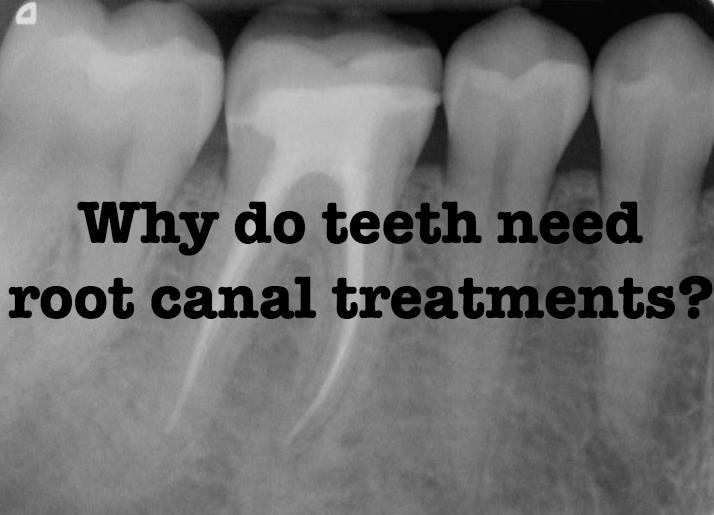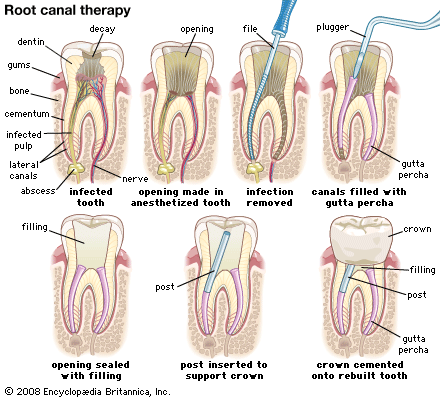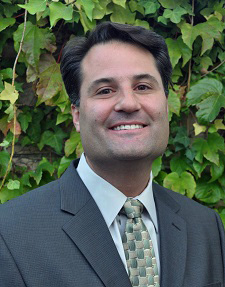If there was a ever a classic trope of bad dental experiences, it would certainly be the root canal. From cartoons to movies to TV shows, we are taught from a young age that root canals are the most painful of all dental procedures. Fortunately, this bad press is entirely undeserved. Root canal treatment offers relief from excruciating pain and a near instant improvement of symptomatic teeth!
For starters, a "root canal" is a dental procedure where the nerve inside the tooth is removed and replaced with sealing material. It is usually performed on a tooth with an infection (where the now-dead tissue is feeding bacteria) or with an inflamed nerve. In either circumstance, removing the internal nerve pulp and cleaning the inside of the tooth relieves symptoms of extreme pain and pressure. After performing a root canal, the tooth will most likely need a crown and/or post placement to add strength back to its structure.
A root canal procedure will not be more painful than any other dental treatment. Endodontists (root canal specialists) require that the patient is completely numb so that there are no undue delays or interruptions to the root canal process. The most common complaint after receiving this therapy is a sore jaw from staying open for the duration of the procedure. In cases of extreme infection, some teeth may be difficult or impossible to fully anesthetize. In these cases, the endodontist may elect to use antibiotics or mild sedation to maximize the numbing effect. Either way, you will be completely comfortable for the entire appointment.
If you have dental pain and think you might need a root canal, don't panic! Tooth pain comes from a number of different causes and requires a complete dental exam to diagnose. If you would like to schedule an appointment today, please give our office a call!

























